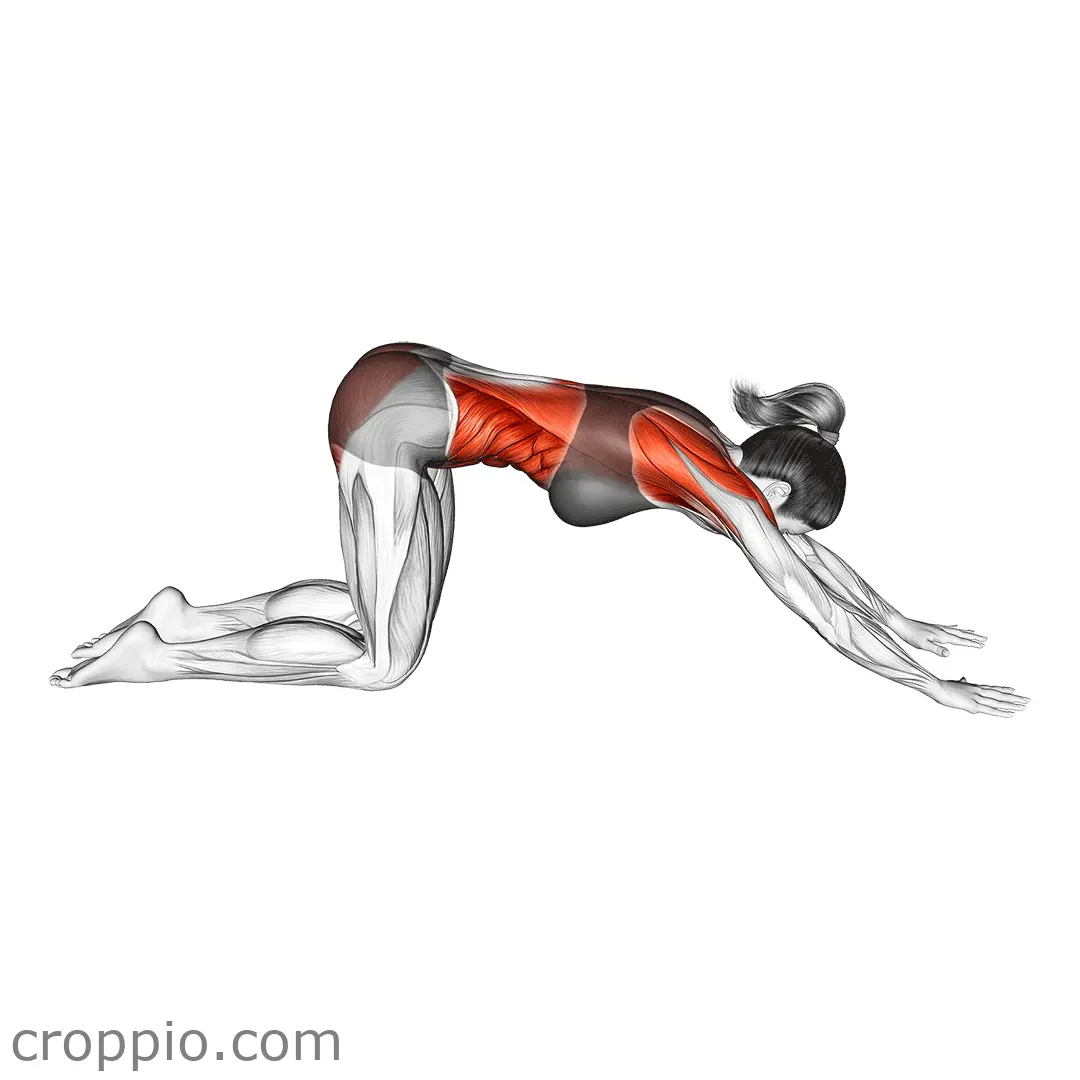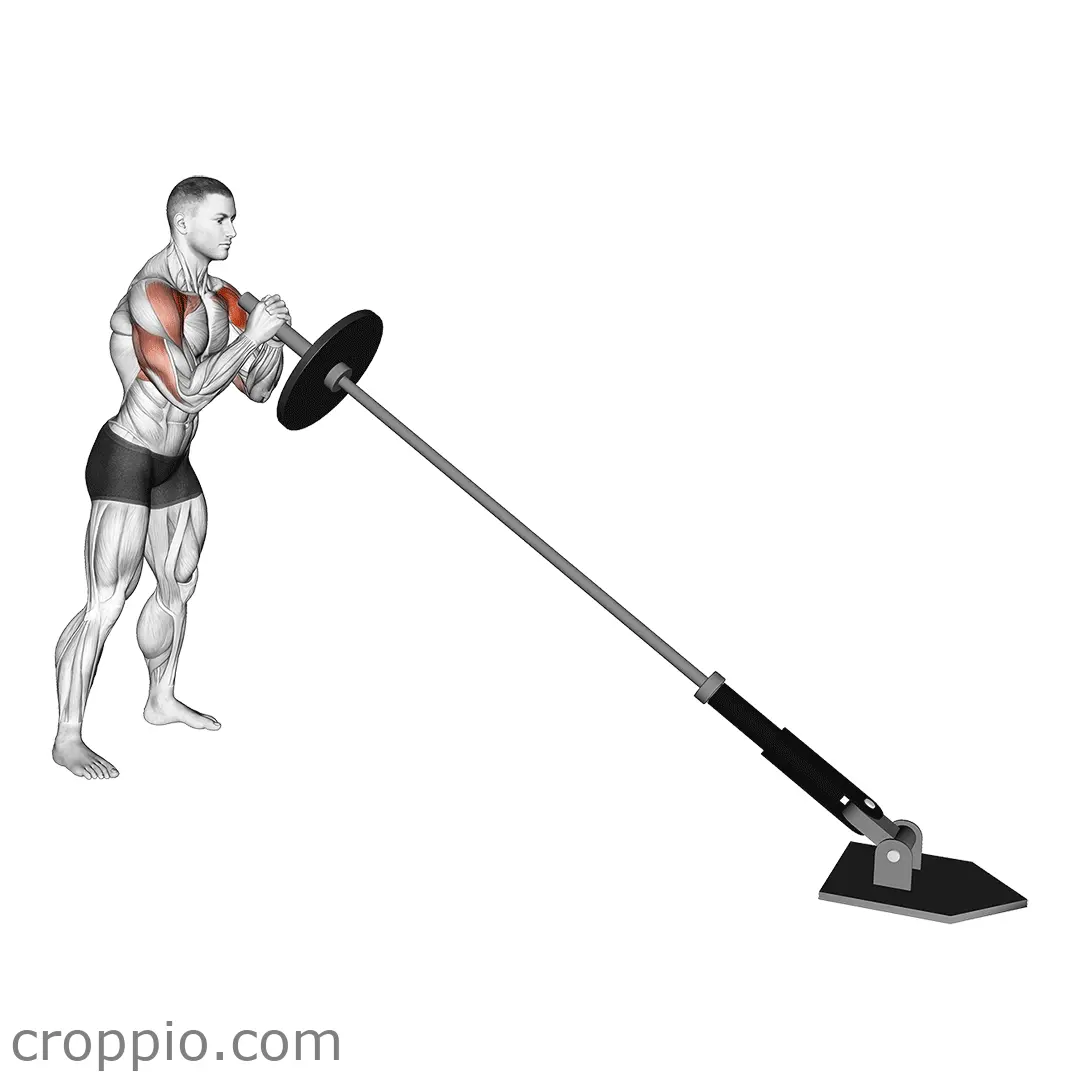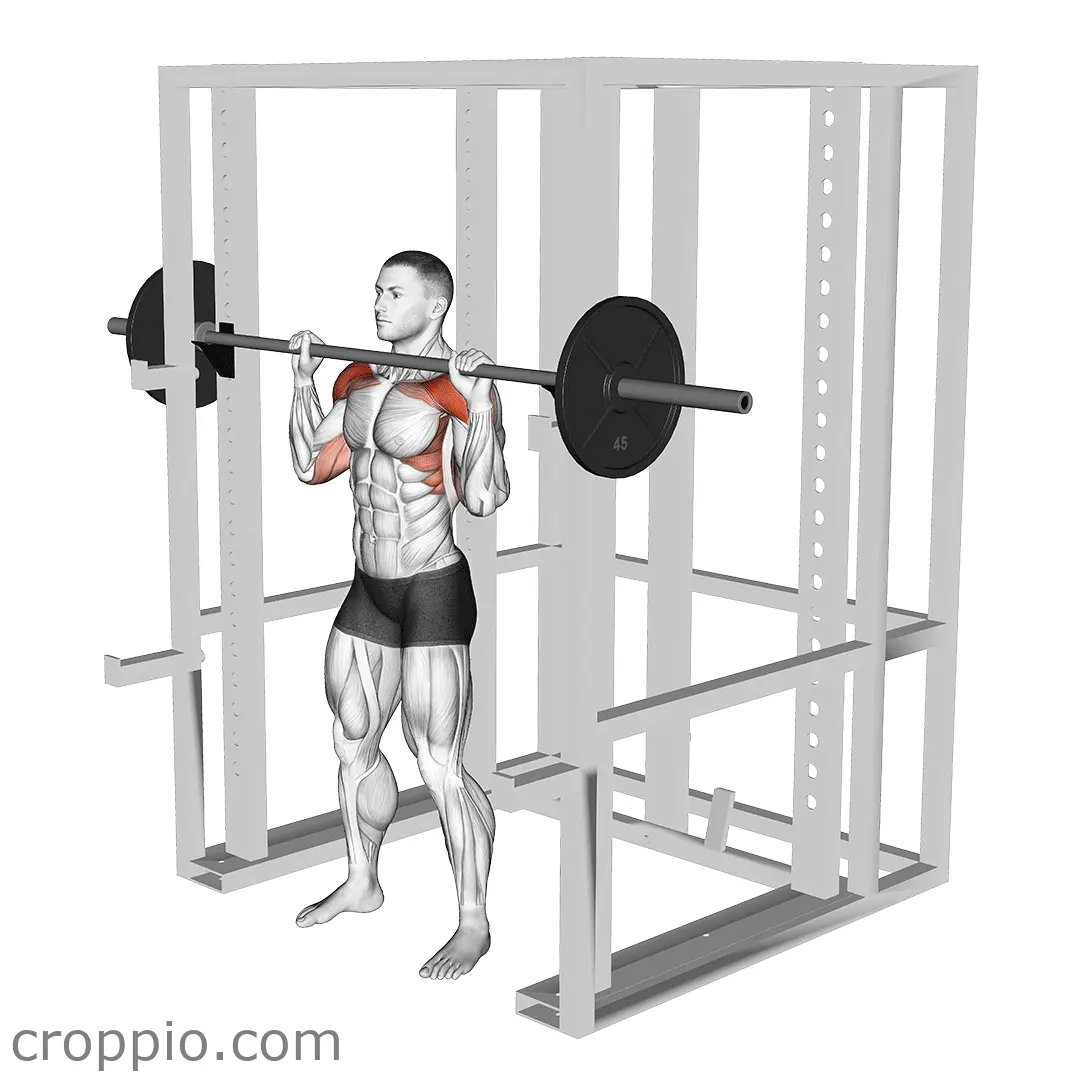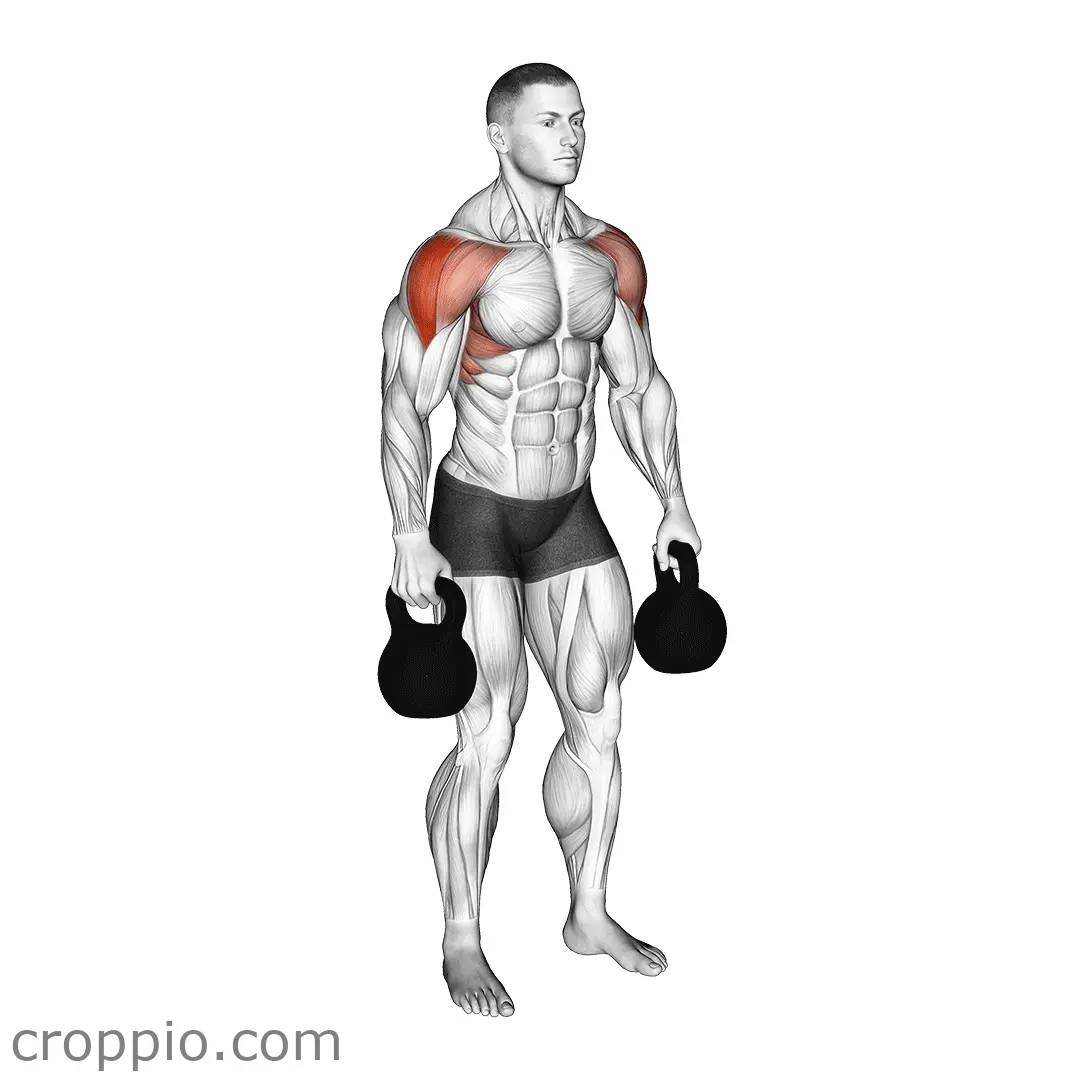Band Internal Rotation
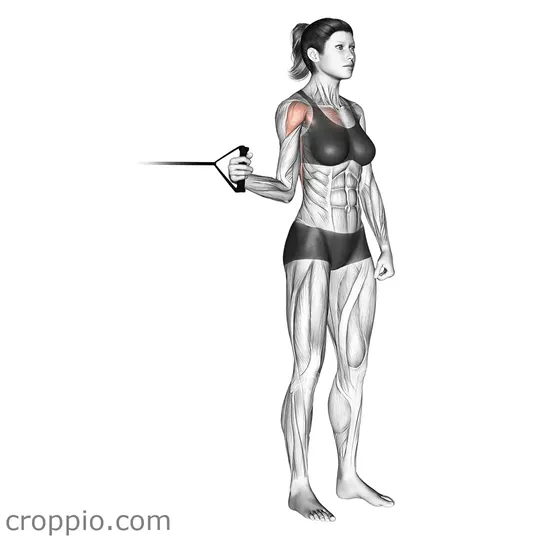
Muscles Involved
The band internal rotation exercise primarily targets the rotator cuff muscles, particularly the subscapularis, which is responsible for internal rotation of the shoulder. Additionally, secondary muscles such as the pectoralis major, latissimus dorsi, and teres major assist in this movement, contributing to stability and overall shoulder health. Engaging these muscles is crucial for maintaining proper shoulder mechanics and preventing injuries, particularly in athletes and those who lift weights regularly.
Top Mistakes
- Allowing the elbow to drift away from the body: This can lead to improper form and ineffective targeting of the rotator cuff.
- Using excessive tension: Overly tight resistance bands can force incorrect movements and may result in strain or injury.
- Not maintaining a neutral spine: It’s essential to keep a straight back to ensure that the exercise emphasizes the shoulder rather than putting pressure on the lower back.
- Neglecting warm-ups: Failing to warm up before performing this exercise can increase the risk of injury to the shoulder joint.
Execution Tips
- Begin by anchoring the resistance band at a stable point that allows you to stand at a comfortable distance while holding the band with the working arm.
- Position your elbow at a 90-degree angle, close to your hip, and ensure that your forearm is parallel to the floor.
- As you rotate your arm inward, keep your elbow glued to your side and focus on squeezing the rotator cuff muscles.
- Control the movement both inward and outward to prevent using momentum, ensuring you engage the muscles effectively throughout the entire range of motion.
Workouts
The band internal rotation exercise can be seamlessly integrated into a workout routine focusing on shoulder health and stability. Aim for 3 sets of 12-15 repetitions on each arm, ensuring adequate rest between sets. This exercise pairs well with complementary movements such as external rotations, lateral raises, and shoulder presses, which promote balanced shoulder strength and enhance overall muscular development. It is advisable to include this exercise in a dedicated shoulder workout day or as part of a comprehensive resistance training program.
Conclusion
The band internal rotation exercise is a vital addition to any strength training or rehabilitation program focused on shoulder stability and injury prevention. By engaging the rotator cuff and surrounding muscles, individuals can enhance their overall shoulder mechanics, improve performance in various physical activities, and decrease the risk of shoulder injuries. Regularly incorporating this exercise not only promotes muscle strength but also ensures a healthier, more functional shoulder joint.
